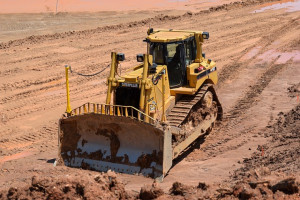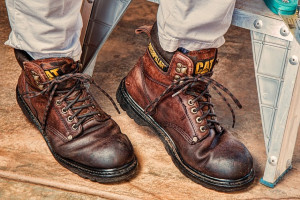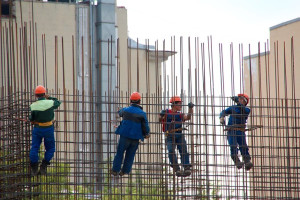Assessment and Compliance Issues
Construction safety can be the difference between leaving the site the way you entered it or incurring injury or death. There are a lot of factors at play, including compliance with the health and safety regulations of the region, risk assessments, and regular site inspections. Construction safety can be broken down into particular risks. The occupational safety and health administration (OSHA) has a lot to say about what these risks are and how best to mitigate them.

Operating Moving Equipment
Construction machinery, moving equipment, and equipment used for raising and lowering things are considered by OSHA to be a great risk to public safety. It requires initial, frequent, and thorough inspections of cranes and other types of moveable equipment. Managers are encouraged, as well as workers, to keep all machinery and equipment in proper working order and to take anything offline that are potentially problematic.

Slips and Falls Can Happen Anywhere
Trips and falls are associated with heights and, especially, ladders. OSHA lists ladders among its top ten violators, insisting that ladder safety will cut down on injuries. OSHA insists that ladder inspections be performed before their initial use during each shift. Workers should be properly trained on how to set up ladders and to check them for safety hazards.

Working at Heights Common at Construction Sites
Working at heights is defined as the performance of construction work six feet off the ground or higher. Working at heights is not recommended but often it cannot be avoided, and it is one of the most preventable causes of construction injuries worldwide. The way that managers mitigate height-related injuries is to account for every detail, from recording the nature of the work performed, to the crew members involved, to the potential risks that are foreseen. They also insist on proper safety gear, such as harnesses, and OSHA-inspected scaffolding.
Identify Your Risk and Stay Safe
When things go wrong, a good injury attorney can suggest ways to move forward in the event of a construction workplace injury. The way to mitigate the risks, however, begins before you step foot onsite. Every aspect of the job that you're working on should be examined, safety gear should be checked and communication between colleagues established. Then, with a clear head, you can attend to the task at hand knowing that you've taken as much control as possible.
